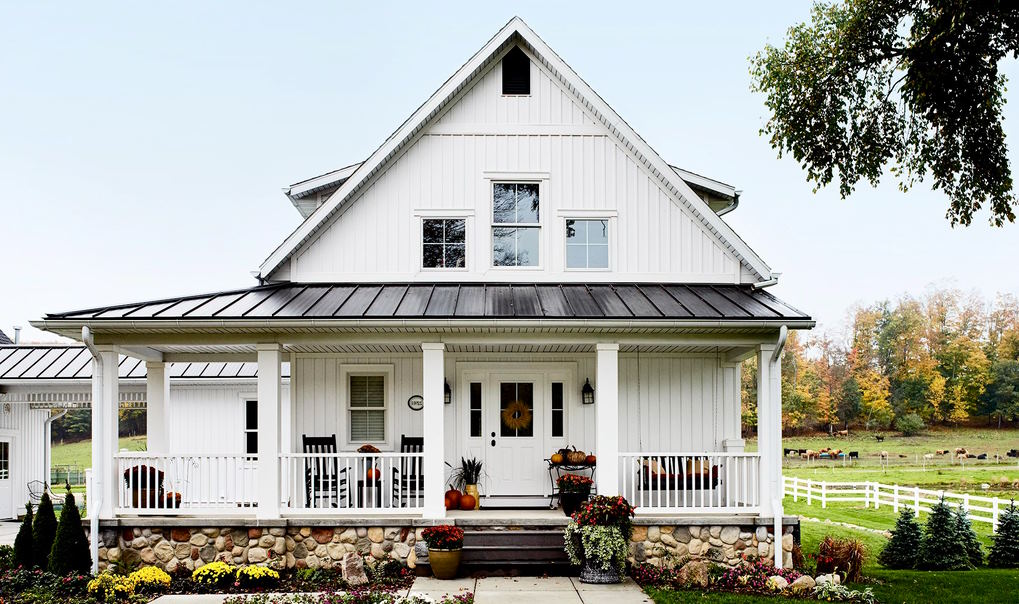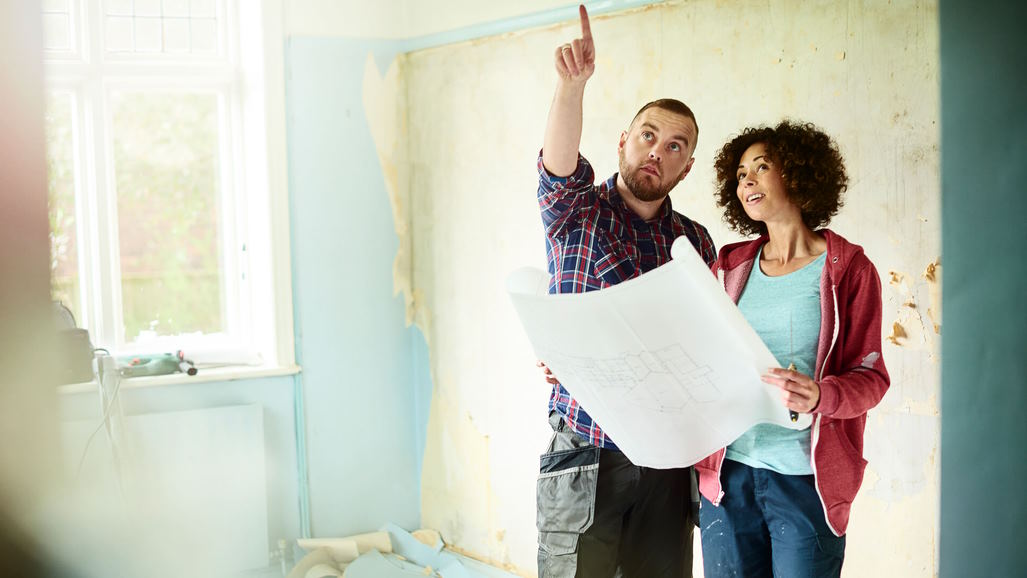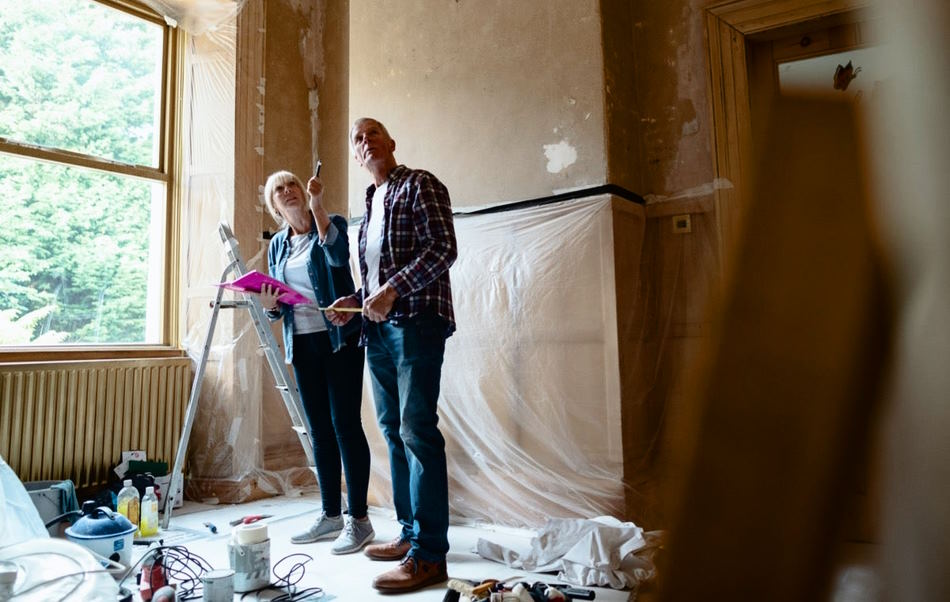Kitchen and Bathroom Home Repairs: Fixing Common Issues in Wet Areas
The kitchen and bathroom are two of the most heavily used areas in any home, and their constant exposure to water and moisture can lead to common issues that require timely repairs. Leaking faucets, clogged drains, damaged countertops, and mold growth are just a few of the challenges homeowners may encounter in their kitchens and bathrooms. Similarly, leaking toilets, dripping faucets, faulty grout, and water damage on walls and ceilings are common problems in bathrooms. By addressing these problems early and using the right repair materials and methods, homeowners can ensure their kitchens and bathrooms remain functional and beautiful for years to come.
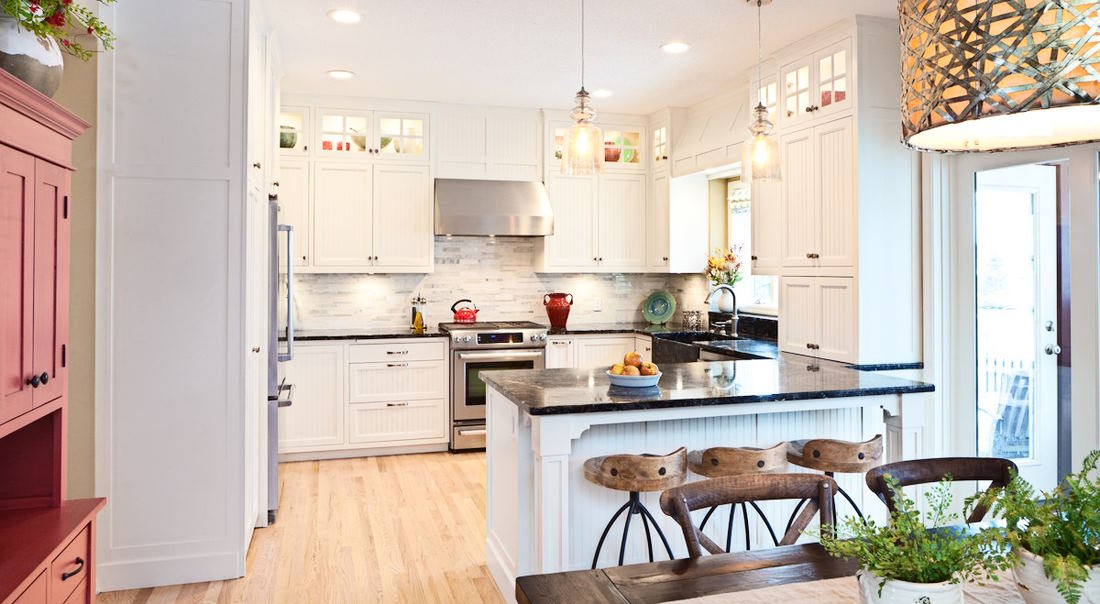
Common Issues in the Kitchen
The kitchen is the heart of any home, where meals are prepared, and memories are made. However, it’s also a space that is prone to various issues due to its constant exposure to water and moisture. Let’s take a closer look at some of the most common issues in the kitchen and outline potential solutions.
Leaking Faucets and Pipes
Leaking faucets and pipes are a frequent problem in kitchens. The causes of leaks can vary, from worn-out washers or O-rings to loose connections or damaged pipes. If left unattended, leaks can result in wasted water, increased water bills, and potential water damage to cabinets and countertops. Fortunately, there are repair options available for addressing this issue. DIY solutions may include tightening loose connections, replacing faulty washers or O-rings, or using pipe tape or sealant. However, if the issue persists or if the leak is more severe, it’s advisable to seek professional assistance from a plumber to properly diagnose and repair the problem.
Clogged Drains
Clogged drains are another common issue in the kitchen that can disrupt daily activities. Causes of clogs can include food debris, grease, soap scum, and other particles that accumulate over time and obstruct the drain. DIY solutions for minor clogs may involve using a plunger or a drain snake to remove the blockage. There are also various chemical drain cleaners available on the market, but caution must be exercised when using them as they can be harmful to pipes and the environment. For more stubborn or persistent clogs, it’s best to seek professional help from a plumber who can use specialized tools and techniques to effectively clear the drain without causing further damage.
Damaged Countertops and Backsplashes
Countertops and backsplashes in the kitchen can sustain damage due to heavy use, impact from objects, or exposure to moisture. Common types of damage may include cracks, chips, stains, or warping. Repair methods and materials will depend on the type of countertop or backsplash material, such as laminate, granite, quartz, tile, or stainless steel. DIY repair options may involve using epoxy resin, adhesive, or filler to patch up minor damage. However, for more extensive or complex repairs, it’s recommended to consult with a professional or seek the assistance of a skilled contractor to ensure a proper and durable fix.
Mold and Mildew Growth
Mold and mildew growth can be a serious issue in the kitchen, especially in areas that are constantly exposed to water and moisture, such as around sinks, faucets, or dishwashers. Mold and mildew can not only be unsightly but also pose health risks to occupants, as they can trigger allergies and respiratory issues. Prevention is key to avoiding mold and mildew growth in the kitchen, and regular cleaning, proper ventilation, and keeping surfaces dry can help. If mold or mildew has already developed, remediation techniques may involve using bleach, vinegar, or commercial mold and mildew cleaners. However, if the infestation is extensive or recurring, it’s crucial to consult with a professional mold remediation service to properly assess and address the issue.
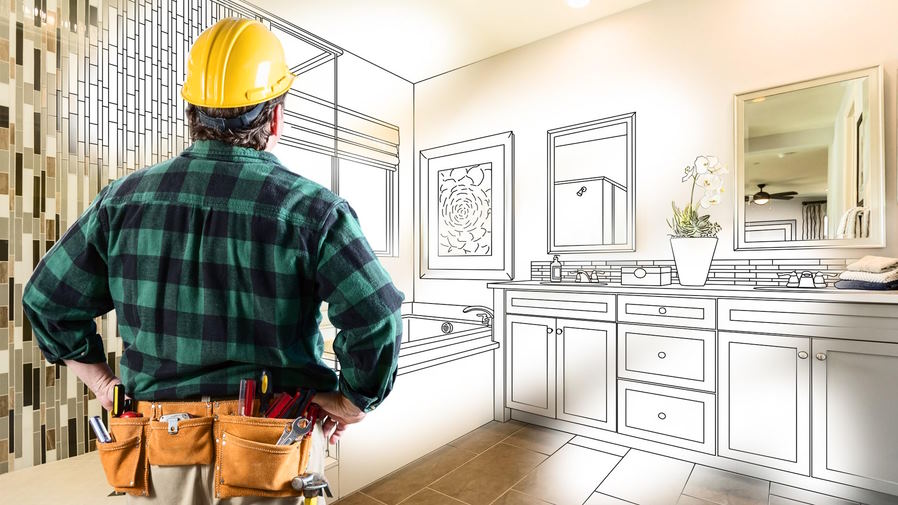
Common Issues in the Bathroom
The bathroom is a vital part of every home, serving as a place for personal hygiene and relaxation. However, due to its frequent use and constant exposure to water and moisture, bathrooms are prone to various issues that may require timely repairs. Let’s explore some of the most common problems in the bathroom and outline potential solutions.
Leaking Toilets and Showers
Leaking toilets and showers are a common issue in bathrooms that can result in wasted water, increased water bills, and potential water damage to floors and walls. Causes of leaks can range from faulty valves, worn-out flappers, or loose connections to damaged showerheads, valves, or pipes. Repair options for leaking toilets may include replacing flappers, valves, or wax rings, while fixing leaking showers may involve tightening connections, replacing worn-out parts, or resealing showerheads. If the issue persists or if the leak is extensive, it’s recommended to seek professional assistance from a plumber to properly diagnose and repair the problem.
Dripping Faucets
Dripping faucets are not only annoying but can also waste a significant amount of water over time. Causes of dripping faucets can include worn-out washers, O-rings, or valve seats, loose connections, or sediment buildup. Fixing the issue may involve replacing faulty parts, tightening connections, or cleaning out sediment. DIY solutions for minor dripping may be possible, but if the problem persists or if the faucet is complex, it’s advisable to seek professional help from a plumber to ensure a proper and effective repair.
Faulty Grout and Caulk
Grout and caulk are essential components of bathrooms that seal joints between tiles and prevent water penetration. However, over time, grout and caulk can wear out or become damaged, resulting in gaps or cracks that can allow water to seep in and cause issues. Signs of grout and caulk issues may include discoloration, cracks, or peeling. Repair methods and materials will depend on the severity of the issue and the type of tiles and grout used. DIY repair options may involve removing old grout or caulk, applying new grout or caulk, and sealing it properly. However, for more extensive or complicated repairs, it’s recommended to consult with a professional or seek the assistance of a skilled contractor to ensure a proper and long-lasting fix.
Water Damage on Walls and Ceilings
Water damage on walls and ceilings in the bathroom can be a serious issue that can lead to structural damage, mold growth, and costly repairs. Causes of water damage can include leaks from pipes, showers, or toilets, condensation, or poor ventilation. Repairing and preventing water damage may involve identifying and fixing the source of the water intrusion, repairing damaged drywall or ceiling, and applying waterproofing measures, such as sealing joints and using moisture-resistant materials. Proper ventilation, regular inspection, and prompt repairs can help prevent water damage in the bathroom and preserve the integrity of the walls and ceilings.
